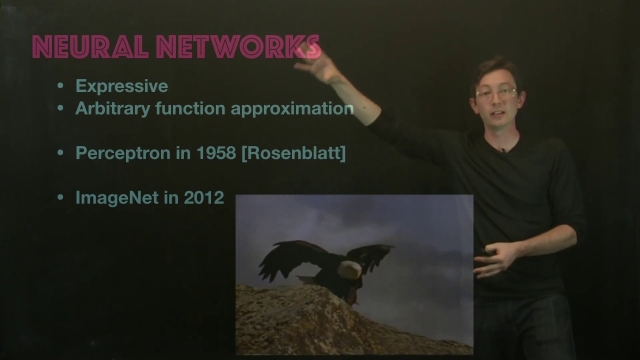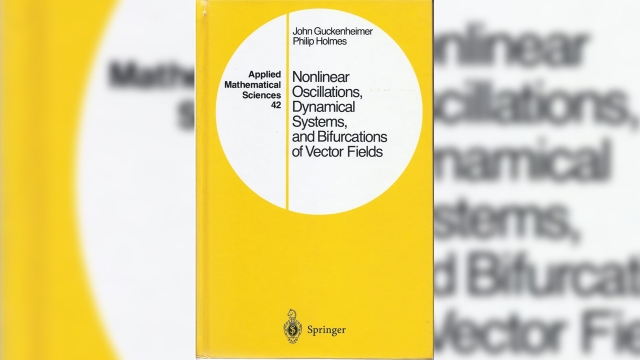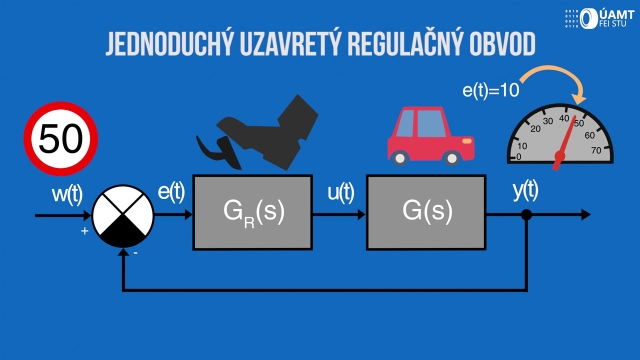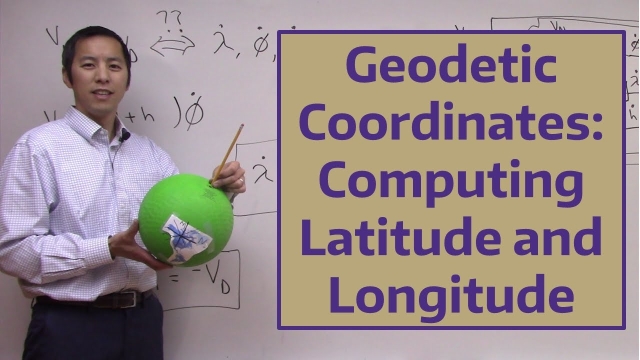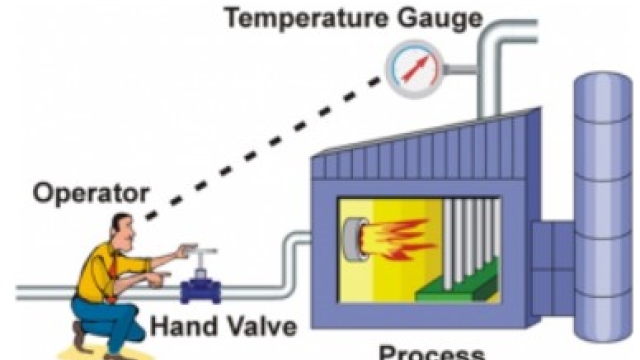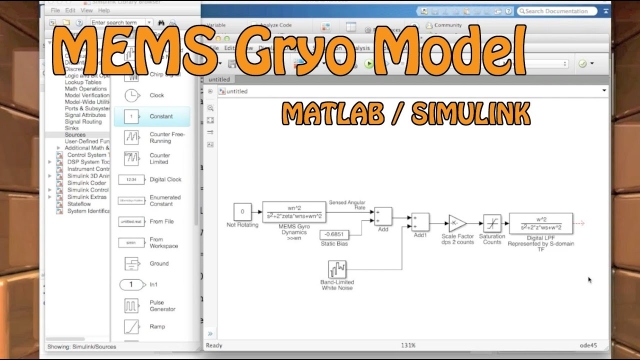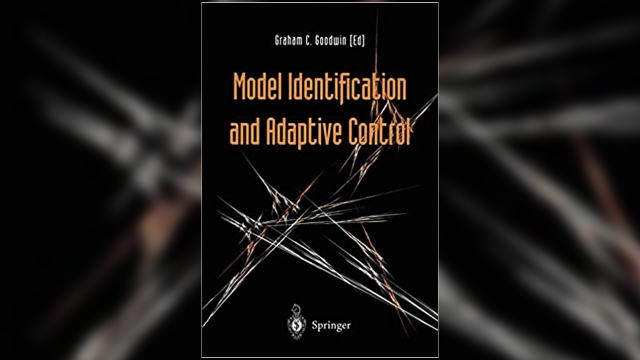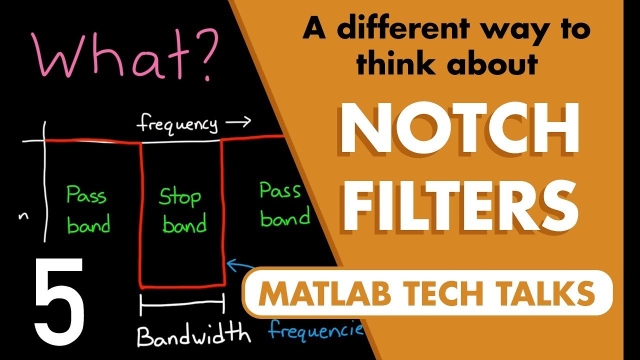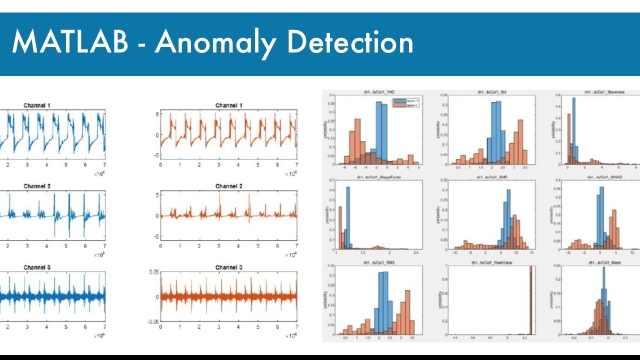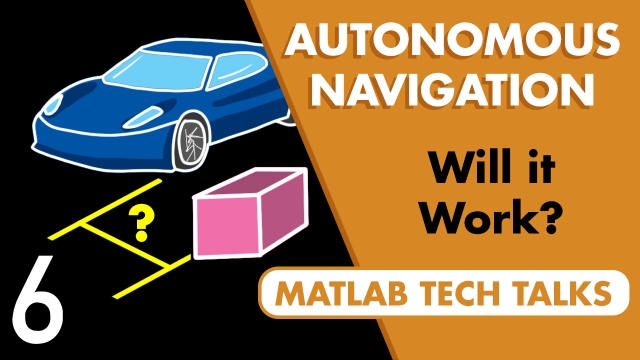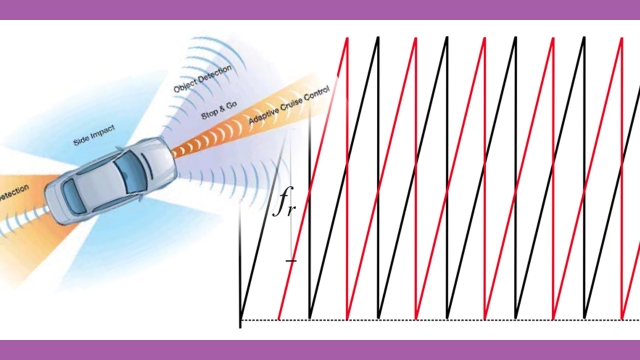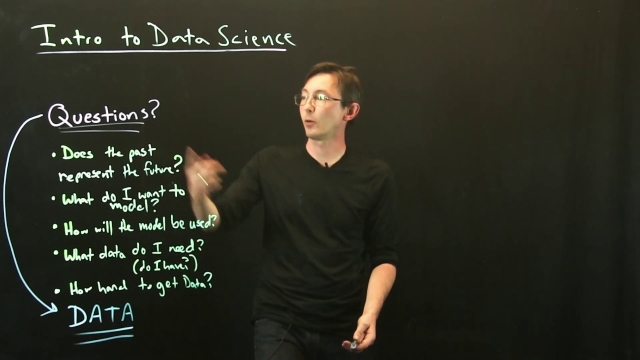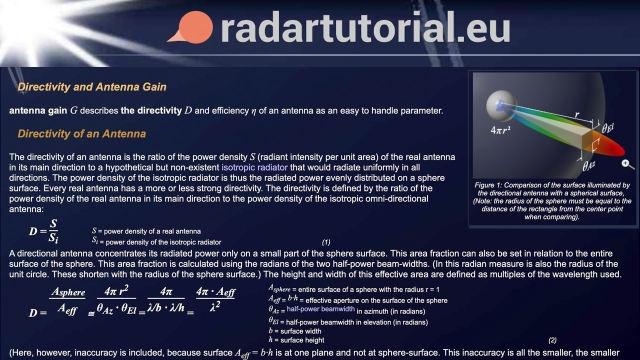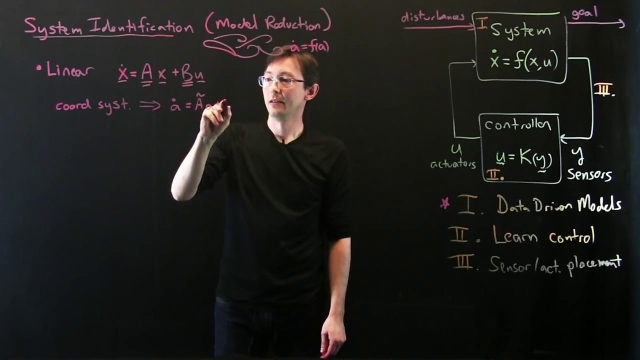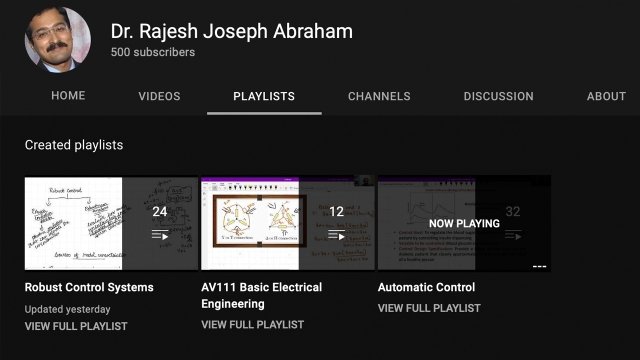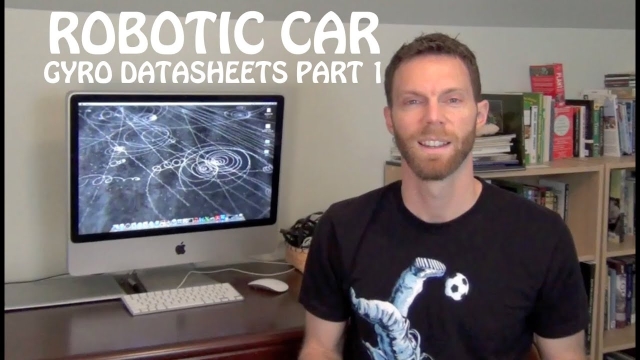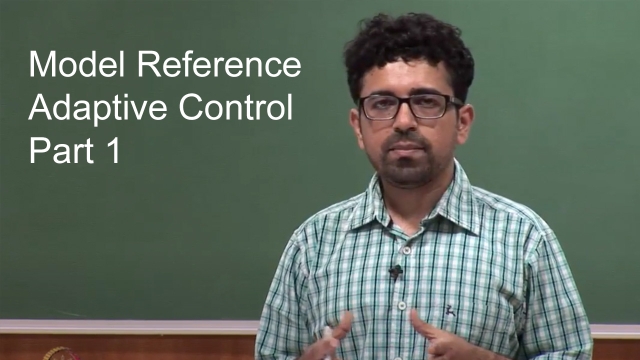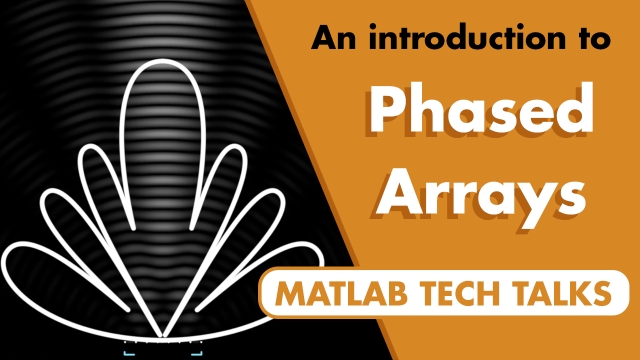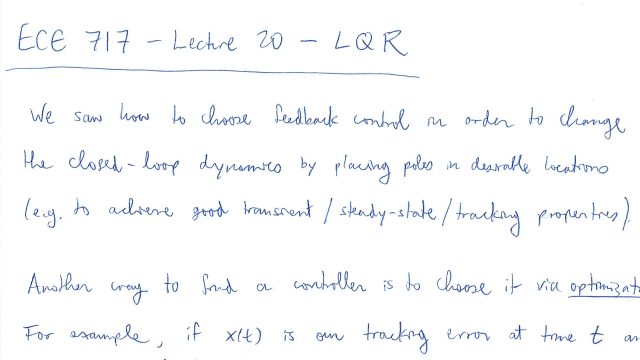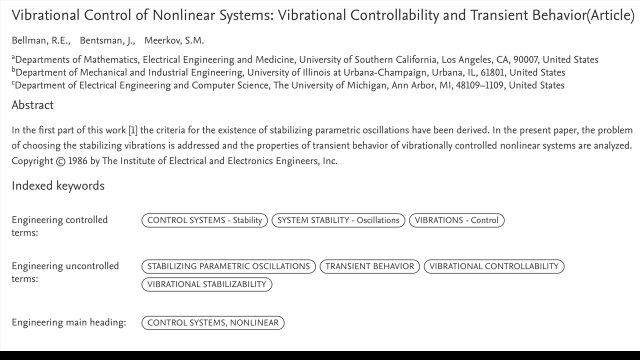
Neural Network Overview
This lecture gives an overview of neural networks, which play an important role in machine learning today.
See MoreNonlinear Oscillations, Dynamical Systems, and Bifurcations of Vector Fields...
From the reviews: "This book is concerned with the application of methods from dynamical systems and bifurcation theories to the study of nonlinear oscillations. Chapter 1 provides a review...
See MoreMinami's Control School (Japanese)
教員のみなみゆうきです.専門は制御工学です.制御工学は「モノの動きをデザインする科学」です.制御工学を勉強したいという方に,僕の知識をすこしでも届けられると良いなと思い,YouTubeをやっています.
2019年の秋,講義ノートの作成の様子を撮影し,YouTubeに動画をアップロードしたのを契機として,動画作成をはじめました...
See MoreZáklady automatizácie a teórie systémov – videokurz (Slovak)
Pozrite si videokurz zo základov teórie systémov a automatizácie. Náš kurz má 7 lekcií.
See MoreGeodetic Coordinates: Computing Latitude and Longitude
In this video we show how to compute the geodetic latitude and terrestrial longitude if given the velocity north and east. This is useful for simulating a body moving over a spheroid Earth...
See MorePID Explained
A qualitative explanation of P, I, & D actions using graphs.
See MoreA simple MEMS gyro model using MATLAB / Simulink
This video walks through how to model a simple MEMS gyroscope using MATLAB/Simulink. At the end I show you how to linearize this model to use in your linear control loop design and analysis.
See MoreModel Identification and Adaptive Control - From Windsurfing to Telecommunic...
This book is based on a workshop entitled: "Model Identification and Adaptive Control: From Windsurfing to Telecommunications" held in Sydney, Australia, on December 16, 2000. The workshop...
See MoreControl Systems in Practice, Part 5: A Better Way to Think About a Notch Fil...
This video describes an intuitive way to approach notch filter design by thinking about the problem as an inverted, lightly damped, second-order low-pass filter. Then, two additional poles...
See MoreREAD FIRST: How to learn PLC's and get into the Industrial Automation World ...
r/PLC is dedicated to discussion and questions about Programmable Logic Controllers (PLCs): "an industrial digital computer that has been ruggedized and adapted for the control of...
See MoreMATLAB Discovery Page - Anomaly Detection
Anomaly detection is the process of identifying events or patterns that differ from expected behavior. Anomaly detection can range from simple outlier detection to complex machine learning...
See MoreAutonomous Navigation, Part 6: Metrics for System Assessment
Take a systems engineering approach to verifying the autonomous navigation system end to end and learn how simulations and physical tests can complement each other. The video also covers a...
See MoreFast chirp FMCW Radar in automotive applications
FMCW (frequency-modulated continuous wave radar) modulations have been popularly implemented in the automotive radar applications. This document demonstrates system requirement for a new...
See More3D Kinematics, Free Falling, Reference Frames
Walter Lewin is one of the most reputed professors and was a former lecturer at MIT. His free to watch series on YouTube titled 8.01 is an excellent one for undergrads and high school...
See MoreIntro to Data Science: Answering Questions with Data
This lecture describes the central aspect of data science: asking and answering questions with data. In particular, we discuss the thought process and progression of questions one might ask...
See MoreDirectivity and Antenna Gain - radartutorial.eu
This page describes antenna directivity and gain. The directivity of an antenna is the ratio of the power density S (radiant intensity per unit area) of the real antenna in its main...
See MoreData-Driven Control: Linear System Identification
Overview lecture on linear system identification and model reduction. This lecture discusses how we obtain reduced-order models from data that optimally capture input--output dynamics.
See MoreVideo Lectures on Automatic Control
A collection of 32 video lectures on automatic control by Dr. Rajesh Joseph Abraham.
See MoreRobotic Car - How to read Gyro Datasheets (Part 1)
Have you ever been lost trying to understand the information in a gyro datasheet? This video should help! In this first part I go through the mechanical characteristics of a MEMS gyro and...
See MoreStudent's Guide to Bayesian Statistics
This video provides a summary of a textbook Bed Lambert wrote on Bayesian inference and accompanying (freely available) YouTube course.
See MoreModel Reference Adaptive Control Part-1
Video course on nonlinear and adaptive control by Dr. Shubhendu Bhasin, Department of Electrical Engineering, IIT Delhi.
See MoreWhat are Phased Arrays?
This video introduces the concept of phased arrays. An array refers to multiple sensors, arranged in some configuration, that act together to produce a desired sensor pattern. With a phased...
See MoreThe Linear Quadratic Regulator (LQR)
Lecture notes for ECE717 on LQR control by Laurent Lessard. There is a section that shows how the Algebraic Riccati Equation is part of the LQR solution by "completing the square".
See MoreKristin Pettersen Lectures on Nonlinear Control
Kristin Pettersen Lectures on Nonlinear Control, including many of the necessary mathematical tools and concepts.
See MoreVibrational control of nonlinear systems: Vibrational controllability and tr...
In the first part of this work, the criteria for the existence of stabilizing parametric oscillations have been derived. In the present paper, the problem of choosing the stabilizing...
See More
